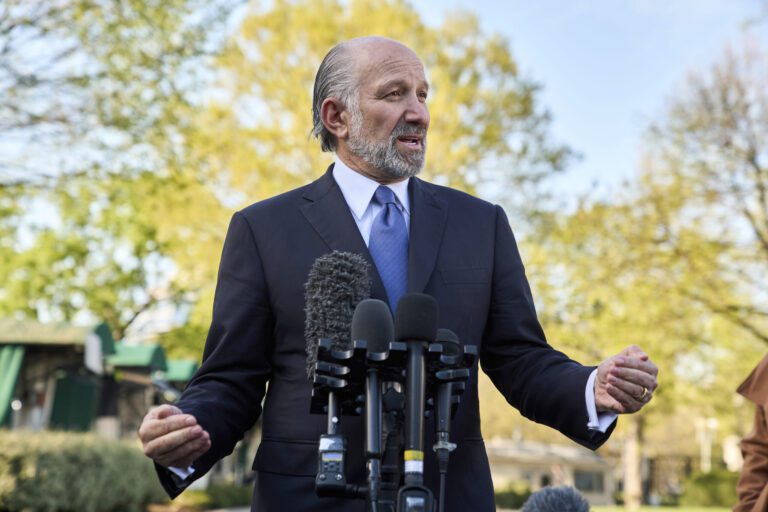U.S. Trade Policy: A New Era of Tariffs Under Secretary Howard Lutnick
The Future of Tariffs: 10% Baseline Rate
United States Secretary of Commerce, Howard Lutnick, has indicated that the country will likely enforce a 10% baseline tariff going forward, irrespective of other nations’ efforts to reduce their trade barriers. This announcement follows a recent framework trade agreement with the United Kingdom, which saw President Trump significantly reduce tariffs on UK exports to America.
Key Highlights of Tariff Policy
- 10% Baseline Tariff: Mr. Lutnick confirmed the expectation that this tariff rate would remain, maximizing predictability for foreign governments and businesses wishing to trade with the U.S.
- Impact on Consumers: Despite the tariff, Mr. Lutnick maintains that American consumers will not experience higher prices. He stated, “The business and the [foreign] countries primarily eat the tariff,” urging consumers to buy American products.
Active Negotiations with Foreign Governments
In addition to Mr. Lutnick, trade representatives Jamieson Greer and Secretary Bessent are actively engaging in negotiations to establish new trade agreements, especially with Communist China. Recent meetings in Switzerland have indicated a pressing need for dialogue, although Chinese media sources suggest that progress remains elusive.
Viewpoints from the Negotiation Table
- Mr. Bessent highlighted potential strides during negotiations, stating, “I’m happy to report that we’ve made substantial progress between the United States and China in the very important trade talks,” even as details remain scarce.
Strategies for Lower Tariffs
The ultimate aim for foreign governments hoping to benefit from the 10% tariff hinges on reducing non-tariff barriers for American goods. A recently announced U.S.-U.K. trade agreement is expected to facilitate greater access for American agricultural products in the UK.
“Foreign countries can reduce rates if they open their markets to American exports. Let Americans get their products on their shelves, and we’ll be better as a country,” Mr. Lutnick emphasized.
Insights on the Trade War with China
According to the South China Morning Post, the current trade conflict with China poses risks of empty shelves in the U.S. as merchandise flow diminishes. While negotiations continue between U.S. officials and Chinese Vice Premier He Lifeng, progress remains a topic of vital interest.
Current Status of U.S.-China Relations:
- Negotiation Meetings: Ongoing discussions are centered around tariffs and trade barriers.
- Missing Details: Although progress is claimed, specifics on agreements are lacking, intensifying uncertainty.
Conclusion: The Path Ahead
As the U.S. navigates its trade strategy under Secretary Lutnick’s leadership, the likelihood remains that a stable 10% baseline tariff will be a hallmark of U.S. policy. With ongoing negotiations, particularly with countries like China, the global trade landscape is poised for significant changes. Future trade agreements will not only aim to lower tariffs but also work toward diminishing non-tariff barriers, ensuring a competitive playing field for American exports.
For more information on international trade policies, you can visit U.S. Trade Representative or follow the latest updates on the South China Morning Post.


